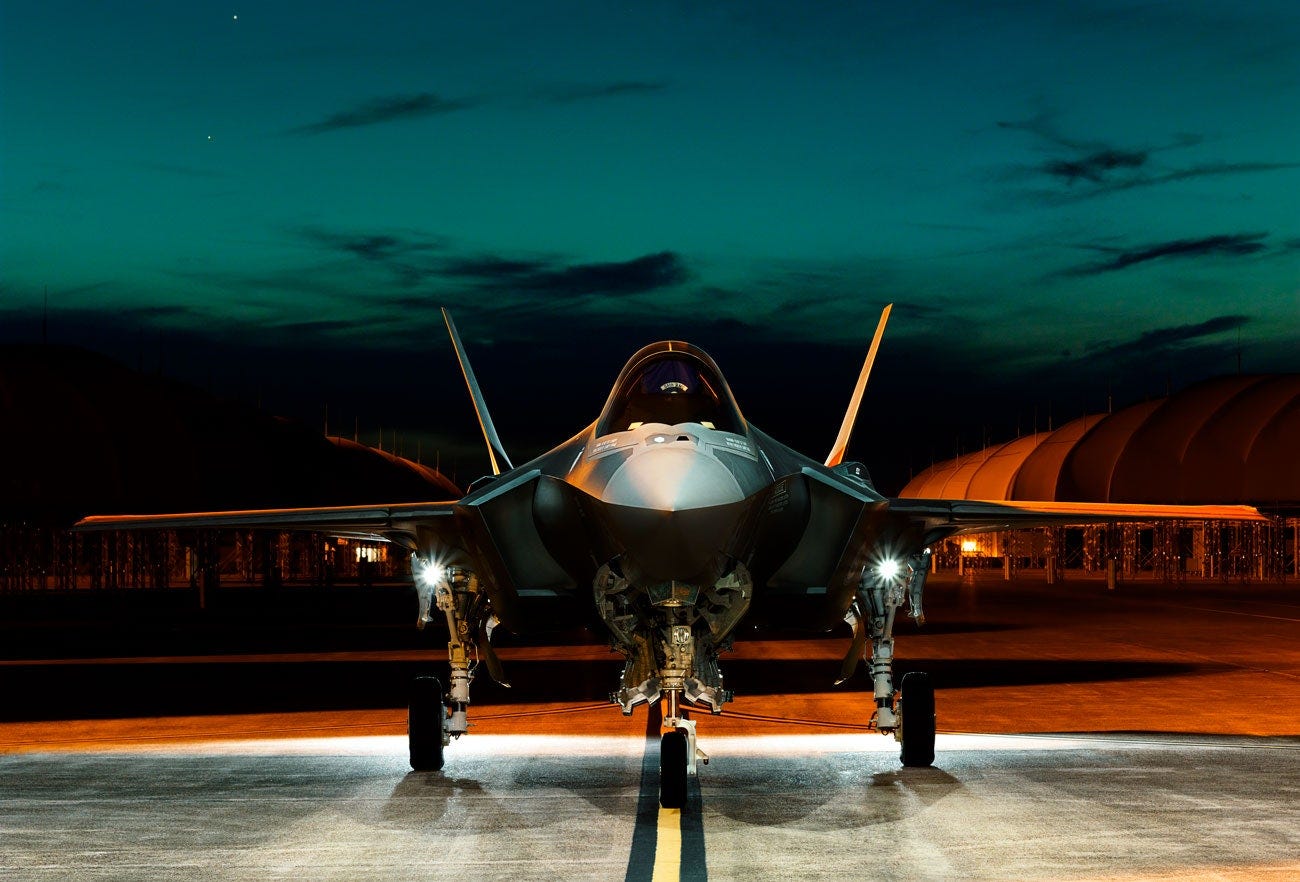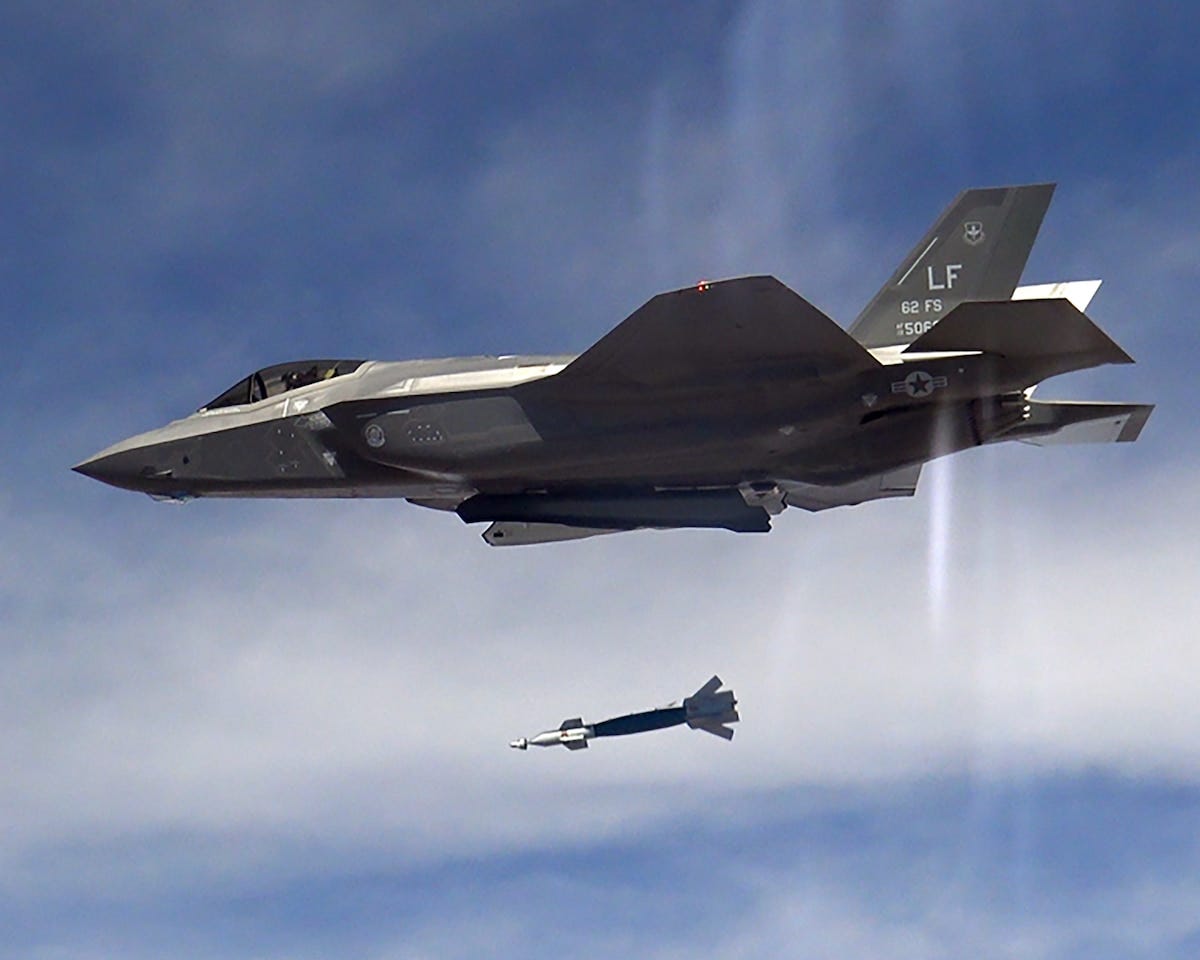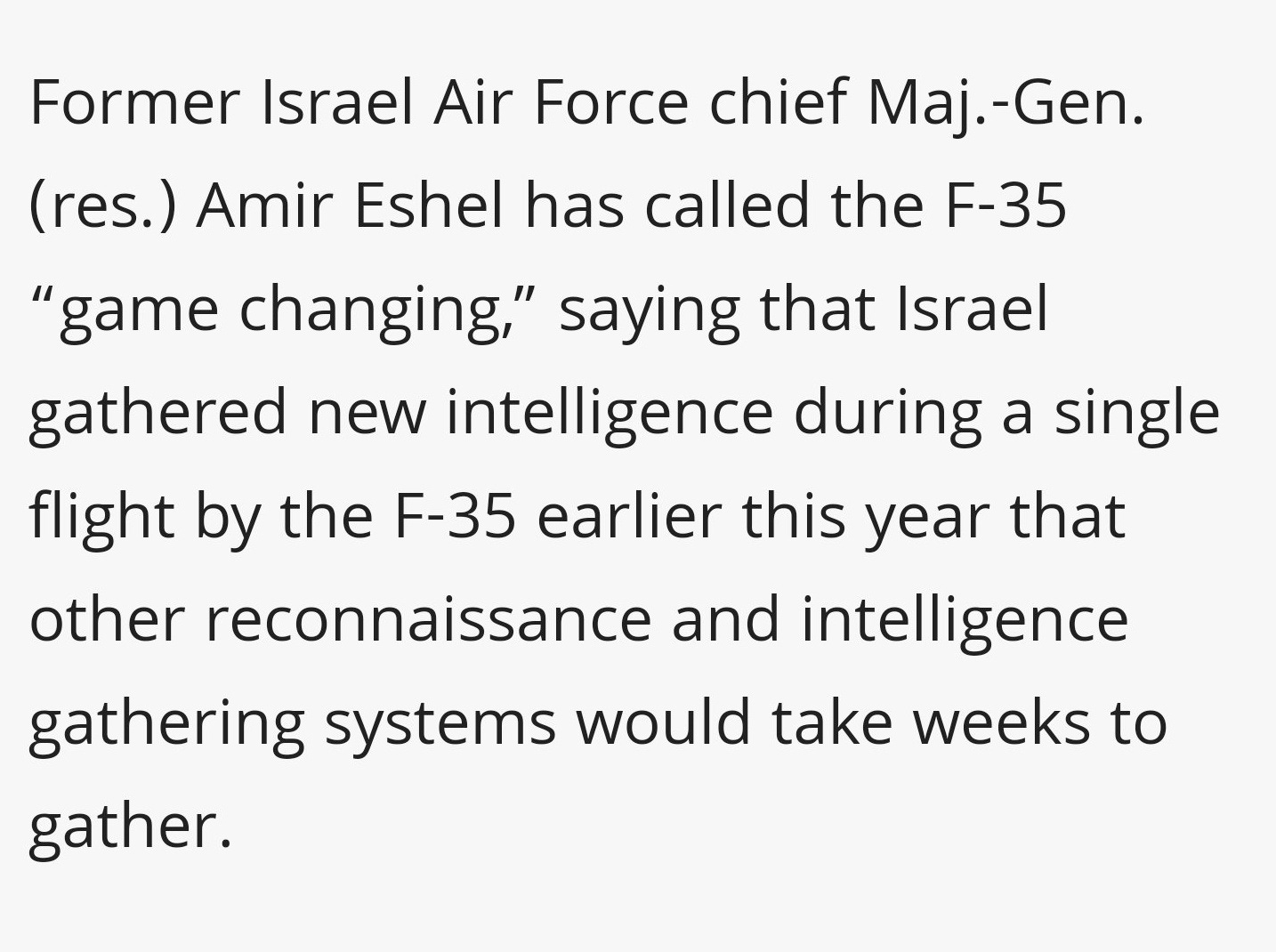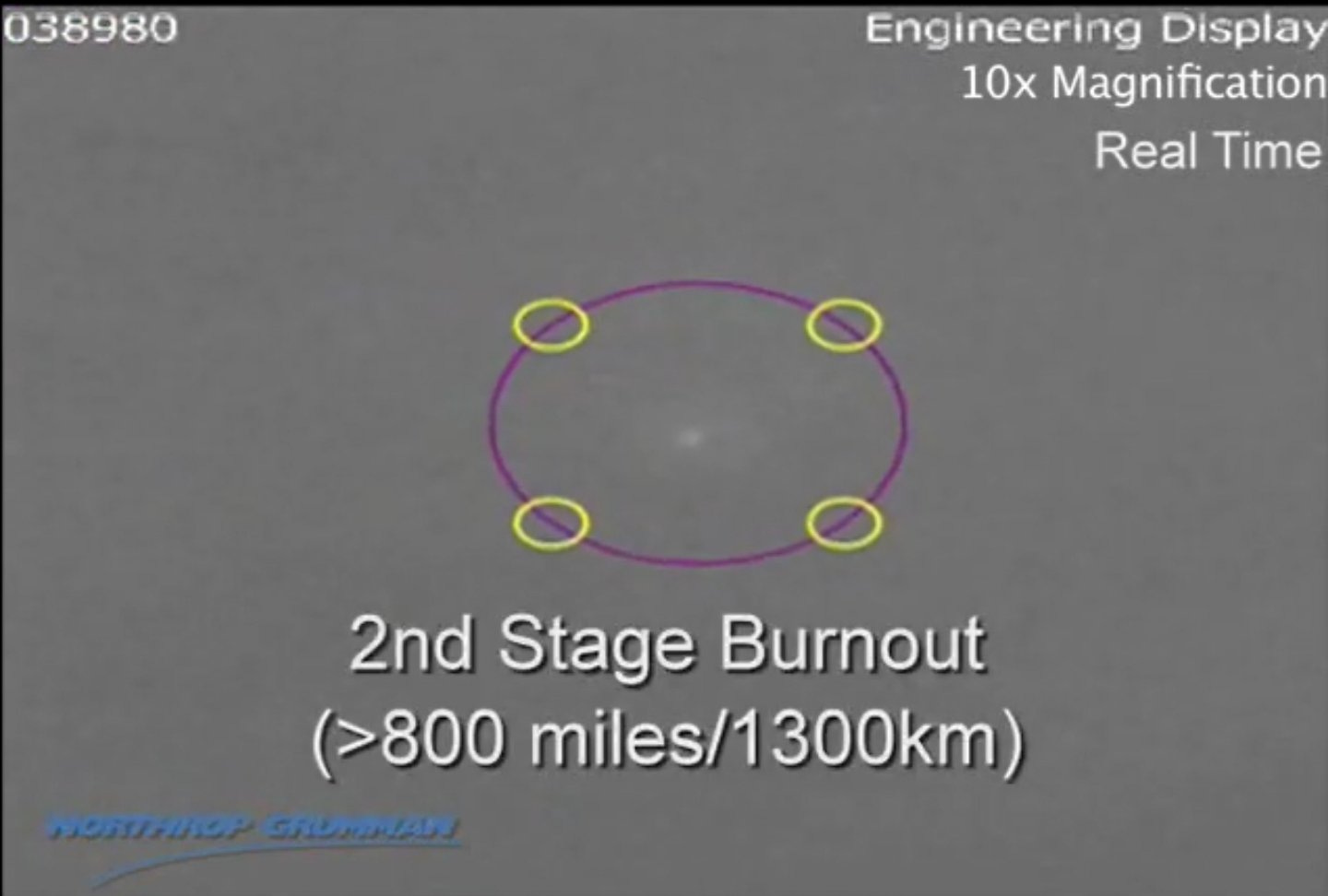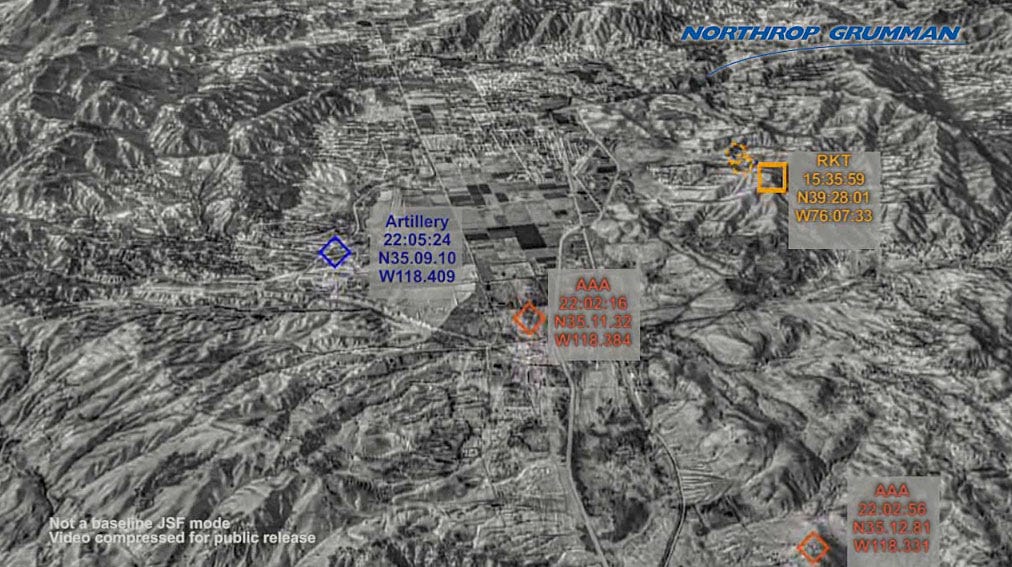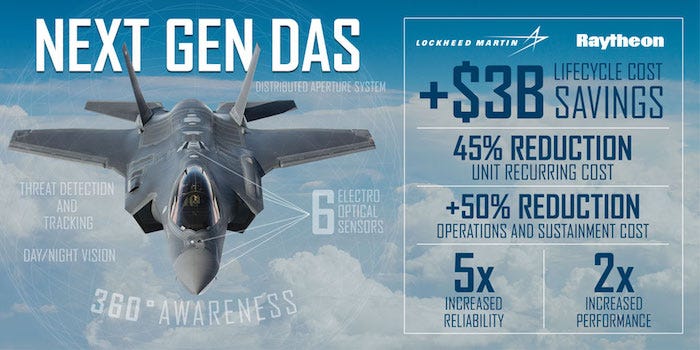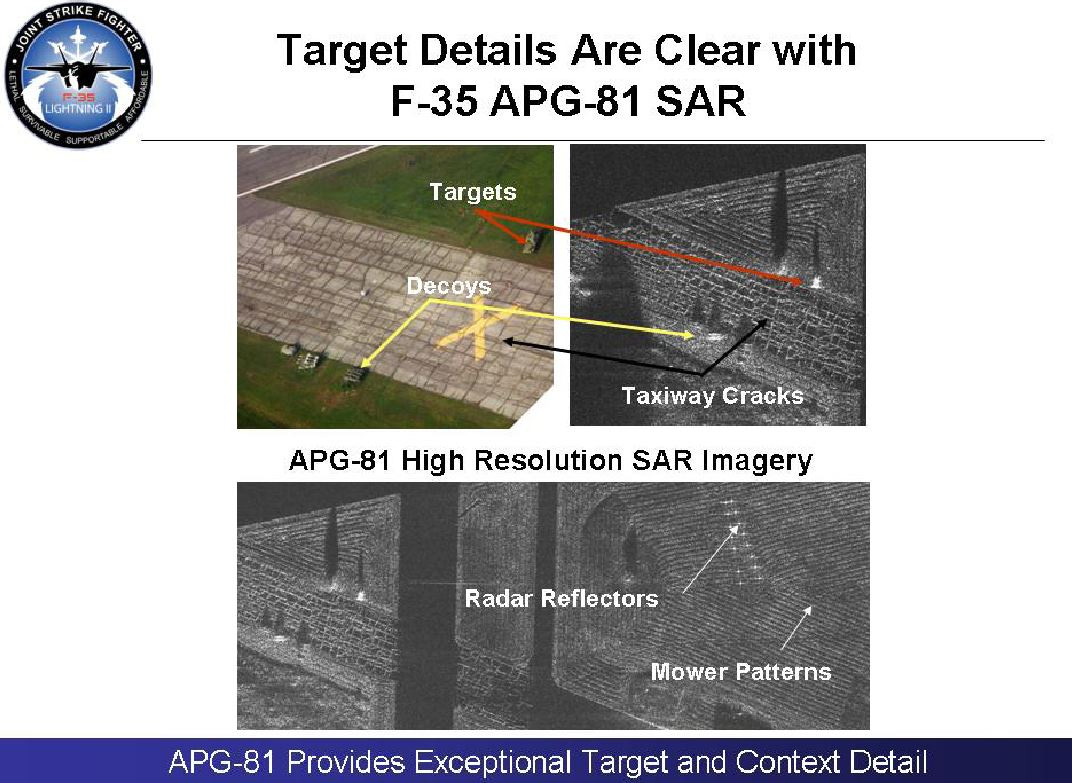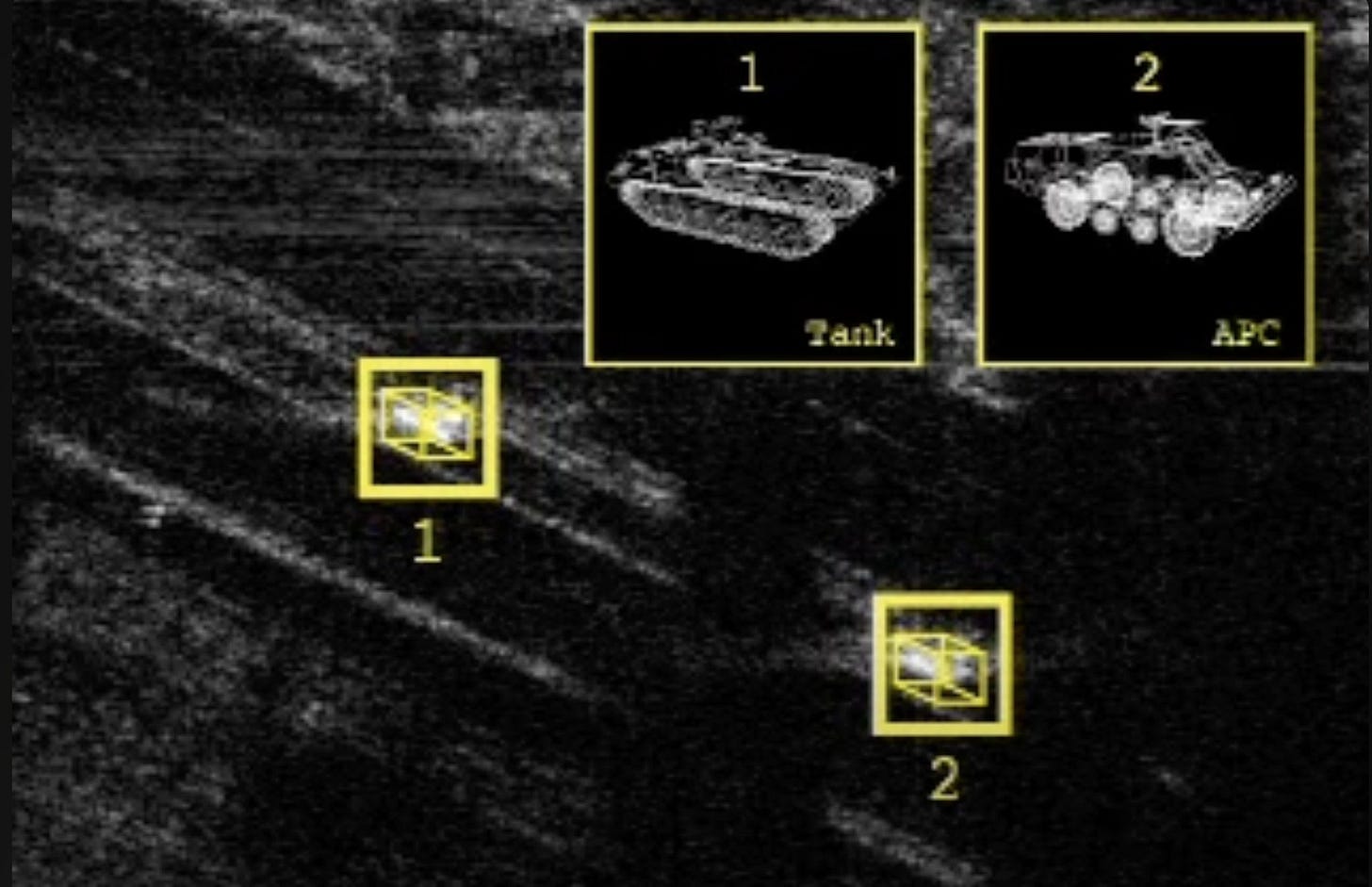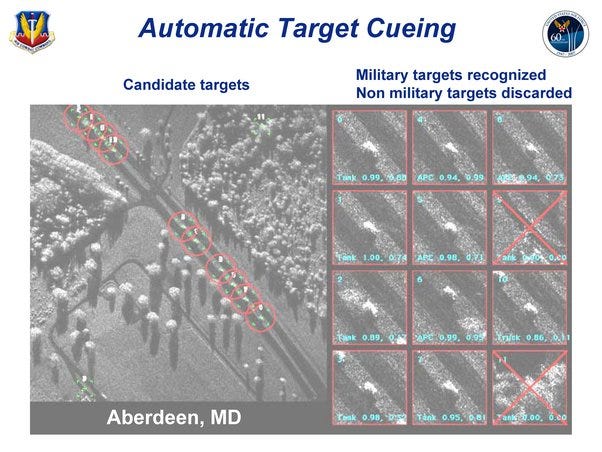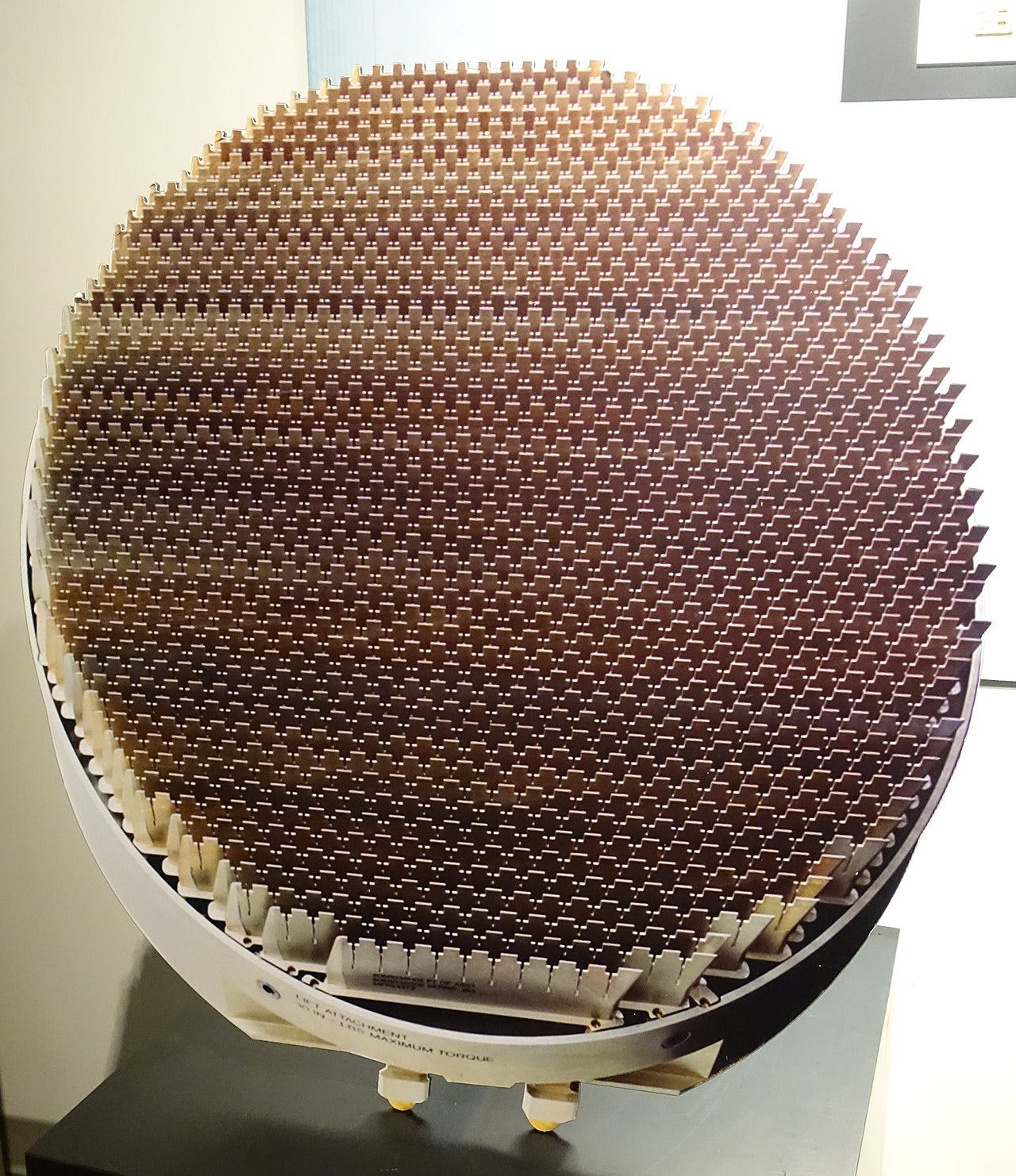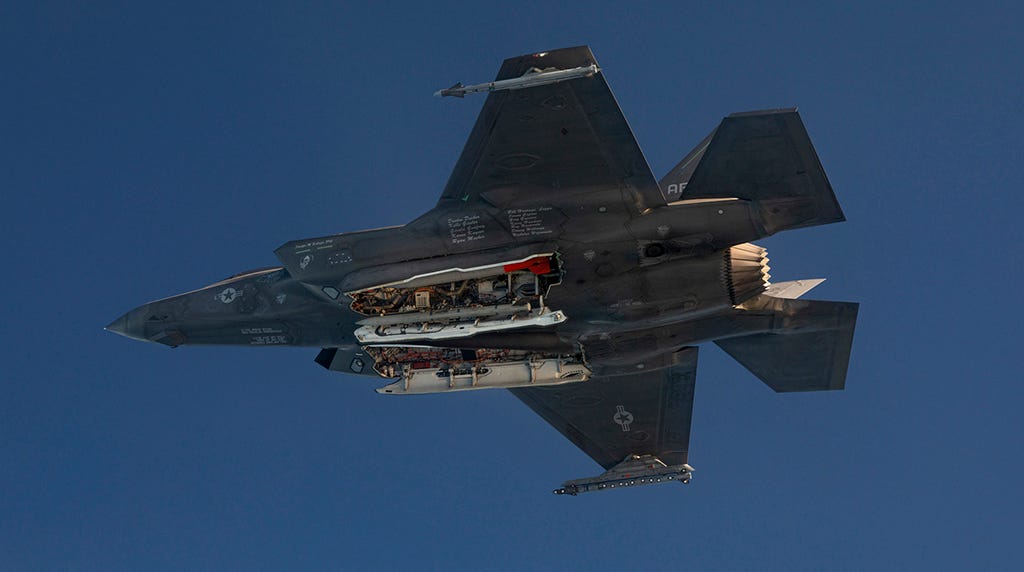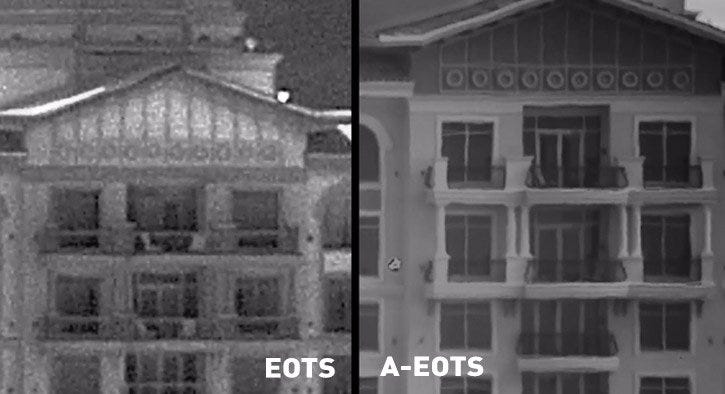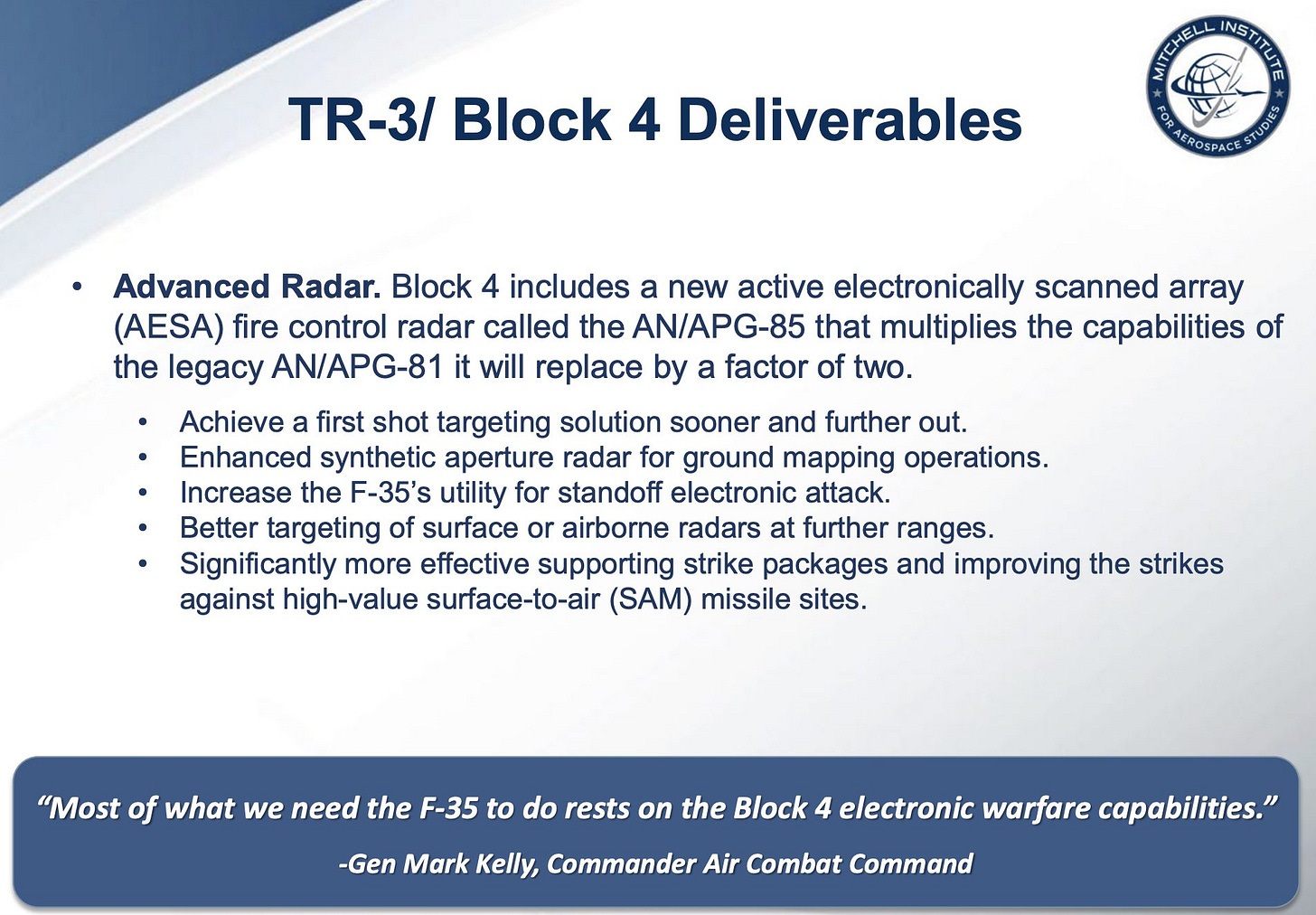Few aircraft are spoken about as much as the F-35 Joint Strike Fighter (JSF), and unfortunately whereas most iconic fighters of the last half century receive mostly positive praise in some form, the F-35 gets both praise and ridicule. Unfortunately for the JSF, the latter part of its development and its introduction took place during a time when the internet had expanded rapidly and was widely accessible.
This - like any other subject - inevitably led to the possibility that anybody and everybody can spread misinformation on a mass scale.
Here, we will address some myths and then shift away from some of the negative reporting and onto the capabilities of the impressive jet. Hopefully, we will help you understand just how borderline alien the F-35 is in terms of its complexity, sophistication, and capabilities. What better time to do this than shortly after this beautiful bird just accomplished a major milestone: Full Rate Production.
Misinformation
The plethora of misinformation surrounding the F-35 contains many misconceptions, half-truths, or lies. From not being able to fly in bad weather, a high failure rate, low readiness, being spotted by civilian radar, you name it - the F-35 has suffered from these accusations.
Seen After All?
In 2018, it was claimed that two F-35s were tracked by radar while leaving an airshow in Berlin. This claim has several problems unless the claimants claim to be an adversary of F-35 operators who detected and engaged the F-35 during a combat mission.
To be fair, the people we're talking about here aren't a joke; they're Hensoldt, the builders of advanced radar systems; most notably the TRML series of systems but especially the TRML-4D; numerous of which have been supplied to Ukraine, and have proven to be highly capable systems especially when combined with IRIS-T SAMs. All their justified praise aside, the 2018 claim has spawned all kinds of ridicule on behalf of the F-35 that tend to conveniently ignore several facts. I mean, if there's anybody who can detect the F-35, then it wouldn't necessarily come as a hard pill to swallow that the company responsible for some of the most advanced radar systems in the world was able to do so. However, when people discuss this incident they tend not to take into account several facts that explains why something like this would be possible. For starters, stealth aircraft operated by the US tend to fly with Luneburg Lenses; the purpose of which is to enlarge an aircraft's Radar Cross Section (RCS) so that not only can it be seen by civilian radar for safety reasons, but also so that a potential adversary has a harder time forging a "radar signature" for it which can be used later for easier identification. In fact, every stealth aircraft the US has flown has used Luneburg Lenses at some point, especially during peacetime.
Another factor to consider is that the radar operators had received advanced warning from Air Traffic Control (ATC) when the F-35s were supposed to take off, and they had also used the aircraft's ADS-B transponders to supposedly correlate their passive radar data.
Transponders help other aircraft and ATC know where an aircraft is, as well as its altitude, speed, and heading.
Of course, stealth aircraft aren't impossible to detect by radar or other means. They are designed to be more survivable by making it more *difficult* for the entire process of detection and interception. Any stealth aircraft can be detected by various means, so we aren't refuting that it's possible to detect and track the F-35, but it's important to have all the facts and considerations when making judgements. So, we know:
The radar operators had advanced warning
The F-35s had Luneburg Lenses
Everybody knew the F-35s would be there and would eventually have to leave. It was an airshow, after all
The aircraft were flying with their transponders on, obviously
The aircraft would have undoubtedly flown civilian departure and arrival procedures out of the airport. In non-combat missions in another country out of civilian airports, they would be bound by the same rules as everybody else unless under exigent circumstances.
Another factor that could be mentioned is EMCON (Emissions Control) which dictates a "policy" so-to-speak that allows the pilot to choose what, if any, emissions that the aircraft will emit. Things like communicating over radio, having the radar turned on, and sending information via datalink can mean that the aircraft is picked up by passive radar, which Hensoldt did bring up during the incident.
However, we don't want to spend too much time discussing every minute detail in what is supposed to be an article swatting down only some myths and discussing the F-35's real capabilities, but it's worth keeping these things in mind.
One can read more about this incident here, but they don't necessarily always arrive at the same conclusions we do
Onto the next...
Can They Fly?
Another myth (well, not really, but we'll get to that) that was perpetuated was that the F-35 had a poor mission availability rate. This is yet another unfair assertion that doesn't do justice to reality, and doesn't take into account some of the US' own circumstances and possible failings in regards to readiness that is unrelated to the F-35 in general.
There are a multitude of factors that influence an aircraft's availability rate, and one of those things is money and military bureaucracy. Every time an aircraft flies, it is costing money in both fuel and maintenance costs. In addition, if hypothetically there is a lack of spare parts, there is inevitably some lag to alleviate that issue as additional parts are procured or acquired from elsewhere, a lag that improves the more urgent the need becomes. If a service like the US Navy suddenly has a need for a large number of F-35s to be flying missions, it does maintain a minimum availability rate that will theoretically help bridge the gap between what is available and what is needed, and it does so within a reasonable timeframe. Essentially, when there is a surge in operations, the surge in availability also tends to follow.
If you're going to talk about availability rates, it helps to compare using real world conflicts of today versus the real world conflicts of the days gone by and certainly you don't use statistics from a country that is currently in a peacetime state; especially if they already have an extremely large number of other resources to create a safety net. Something else that shouldn't be done is to hyper-focus on the F-35's peacetime availability rates while ignoring all other aircraft and the underlying cause. What is also important is to keep in mind that frontline F-35 squadrons deployed to - say - CENTCOM or PACOM - will likely have a greater availability rate than F-35s sitting at some National Guard base in Alabama.
Not so thankfully, we do have some real world conflict examples to use. In our first example, we will compare US fighter availability rates before and after Operation Desert Storm (ODS) in 1991, and then we will look at the F-35's availability rates during Israel's very recent War in Gaza.
According to a declassified document from the US Department of Defense, the US Air Force maintained an average mission capable (MC) rate of 92% across all airframes during ODS. They go on to detail the following statistics for some of the primary aircraft used:
F-117 Nighthawk: 85%, 4% higher than in peacetime
F-15 Eagle: 94%, 8% higher than in peacetime
F-15 Strike Eagle: 95%, 8% higher than in peacetime
A-10 Warthog: 95%, 5% higher than in peacetime
F-111 Aardvark: 85%, 8% higher than in peacetime
It goes on, but by now I'm sure you get the idea. So, we can establish a baseline mission capable rate of roughly 85% for some of the most heavily used aircraft in Desert Storm. One can see that the peacetime availability rates for these aircraft during ODS were generally much higher than the peacetime availability rates of today. But, if lower peacetime availability applies to all aircraft today, is it really an inherent problem with the F-35?
This article suggests that mission availability rates in peacetime are down all across the board, but then the problem isn't F-35 specific and therefore lies outside the scope of this article to discuss. What does matter though, is what the F-35's mission capable rate is during surge operations in a real conflict. And as of the last 10 months, we finally have modern real world statistics to go on. So, how is Israel fairing?
According to an article by Aviation Week, Israel's F-35 fleet surged a massive 565% in flight hours following the attack on Israel on October 7th. Despite this, they were able to achieve mission capable rates of 85% - dead on our established baseline of US Air Force performance during ODS. Despite 5 of Israel's F-35 aircraft being deemed non-mission capable on October 7th, they were able to very quickly get 4 of them flying that very same day. When a military needs to surge operations, it will do a lot to accomplish the readiness rates it needs.
Anyway, enough addressing the myths. We'll probably have a separate article for exclusively addressing those later. So, with that out of the way, let's get to some appreciation.
Data Magnet
The F-35 comes with many highly advanced capabilities that make the fighter as great as it is, and its most impressive features are its networking and sensor fusion abilities. Its ability to gather information with a multitude of sensors built into the airframe allows the aircraft to collect intelligence and increase situational awareness in ways that most other aircraft cannot. Whereas the F-35 does this with more than just detecting and analysing signals (called SIGINT), this is typically a role that has always been delegated to dedicated AEW/AWACS platforms like the E-3 or other national equivalents. However, the F-35 does this so well that one Israeli Air Force commander said that Israel was able to collect intelligence in a single sortie with the F-35 that their traditional SIGINT platforms would take 2 weeks to gather.
EODAS
Indeed, in recent years the F-35 has been able to prove itself highly capable in the realm of intelligence gathering, and it does this with far more than just legacy ELINT capabilities. In February 2024, the Minister of Defense for Singapore made a statement that NATO F-35 aircraft were providing vital intelligence to Ukraine in its war against Russia, including by locating Russian SAM systems and then forwarding that intelligence to Ukraine. It's not known to what level of accuracy that statement holds, however the F-35 certainly is capable of doing this with its wide array of ELINT/SIGINT and optical sensors. One way would be the F-35's AN/AAQ-37 Electro-Optical Distributed Aperture System (EODAS) which likely has the capability to visually detect missile launches coming from Russian held territory and Russia proper even when flying over Poland, Romania, or the Black Sea.
In 2010, the EODAS - which was developed by Northrop Grumman, but then taken over by Raytheon - was tested on board their BAC1-11 test aircraft and was able to visually detect the Falcon 9 rocket from over 800 miles away.
One can watch the full video of the test on YouTube.
Further footage shows the F-35's EODAS and its AN/APG-81 radar detecting and tracking (albeit not as great a distance as Falcon 9) relatively small Terrier Orion rockets launched by NASA from Virginia.
The EODAS is capable of building 3D maps and detecting ground based fires and can classify them based on type. It is capable of distinguishing between artillery, anti-aircraft artillery, tank fire, SAM launches and other ground based events. SAM launches in particular will work well in conjunction with the aircraft's Radar Warning Receiver (RWR).
So, how does the EODAS work?
The F-35's EODAS is powered by 6 infrared sensors located in numerous areas of the aircraft that allow for 360 degree view of the aircraft, which allows the pilot to be able to track other aircraft or missile threats without even needing to face them. The data provided by the system can be shown on the pilot's visor for maximum situational awareness so that the pilot does not have to look down at their cockpit displays and also allows the pilot to see "through" the aircraft in any direction.
There is one camera on top of the aircraft, one on the forward nose section, two under the nose, and two further aft from the nose.
The below image shows the EODAS tracking 6 different aircraft, even when the aircraft is facing away from them. You'll note that there is a strip at the bottom showing a 360 degree view of the aircraft as well as the location of those aircraft within that field of view. On the bottom right, there is a compass-like indicator showing the aircraft's direction, the other aircraft, and where the EODAS system is currently focused.
Not only is EODAS also able to do this even in Air Combat Maneuvering (ACM), but it's also able to identify the targets and whether they're friend or foe.
In one example of EODAS capabilities, Alex Norman - a test pilot for Lockheed Martin on the F-35 programme - said to Computer Business Review: “If I’m flying over an environment like desert terrain, I’ll see little trails of animals and all kinds of things that I would never see before. If I’m out over the ocean, I see little boat trails cross the ocean that I didn’t see before. In fact, the very first test we ever really did with DAS (Distributed Aperture System) involved taking it out over the Pacific Ocean. The first pilot that did it was complaining up a storm saying, ‘I’m not sure the system’s working all that well. I’m getting this really fuzzy image of a boat down below me out in the Pacific’. And he goes: ‘Oh, wait. The boat jumped out of the water. It was a whale!’ He was looking at underneath the water with the system.”
EOTS
A system similar to EODAS is the Electro-Optical Targeting System (EOTS) which offers the F-35 numerous capabilities to track objects & targets, both land and air, and designate them for weapons employment. Its ability to track air targets can be accomplished via IRST (Infrared Search and Track), and ground targets via its Forward-looking infrared (FLIR) abilities. Targeting can be done with internal laser designator. On almost all other aircraft in existence, this can only be done by using an externally mounted targeting pod such as LITENING or AFTLIR, but the F-35 has this functionality built into the airframe.
One image that came from a news interview showed the EOTS being capable of targeting specific windows of a building from 49 miles away. In this particular example, you can even make out the exact building as being the MGM Grand in Las Vegas. The quality would likely be better to the pilot than this.
The IRST functionality of the EOTS allows the pilot to maintain a high quality view of enemy aircraft even at great distances that can't be seen with the naked eye, and potentially show the results of weapons engagements.
In addition to offensive capabilities, EOTS also has the ability to detect laser targeting such as from the likes of SAM systems, a useful feature that compliments EODAS' ability to detect missile launches and smoke plumes.
Radar
The F-35's radar is the AN/APG-81, a modern Active Electronically Scanned Array (AESA) with the capability to detect and track both ground (including sea) and air targets. The radar's capabilities includes extremely high resolution Synthetic Aperture Radar (SAR) imagery that can give the pilot a near perfect picture of the terrain and potential targets, even at great distances.
The pilot may be able to reasonably deduct when a potential ground target is a decoy based on the SAR return of the object. One slide shows that a decoy produces a less visible radar signature than the non-decoy targets. Other details like farming and mowing patterns on fields are visible with the radar. Another slide shows the comparison between older (non-AESA) SAR systems and the newer radar in the F-35. One can make out the tracks the vehicles made in the field.
The SAR of the F-35 is high enough resolution that it can also identify and classify object type, as well as discard targets deemed to be non-military. In this example it is able to differentiate between a tank and an APC (Armored Personnel Carrier)
And the radar is equally capable in air-to-air modes. In one test of the radar, the F-35 was able to detect and track 19 targets in 3 seconds, and all 23 targets in within 100 miles in 9 seconds.
The radar is a multi-function array that also allows the radar to act as an Electronic Warfare (EW) weapon in both offensive and defensive roles.
Stealth
The F-35 is able to conduct much of its capabilities without compromising its stealth attributes. Of course, the F-35's design in general does make compromises on stealth that are not seen on, for example, the F-22, but all of the F-35's capabilities do take the preservation of its stealth into account. At the same time, the F-35 does take lessons learned from earlier stealth designs which includes the F-22.
There are a wide range of considerations that go into developing a stealth aircraft, and much of it is classified. With that being said, we can still give a good summary on what the F-35 does to achieve its stealth characteristics.
The Radar Cross Section (RCS) is a measurement of how stealthy objects are at different angles and wavelengths. It's the go-to measurement to determine how stealthy an aircraft is. To clarify: RCS measurement varies based on angle and wavelength.
The RCS of the F-35 is said to be 0.0015 meters squared, roughly the size of a metal golf ball.
Shape
The primary line of defense for stealth jets like the F-35 is shape. The aircraft is designed in such a way that radio waves are *deflected* away from the emitter, thereby ensuring that the radar does not receive a return. One can see this in the lack of right angles on stealth aircraft and the tilted vertical stabilizers.
Materials
The aircraft is made up of materials (even paint) that are designed be able to absorb radio waves. This is known as Radar Absorbent Material (RAM).
Weapons
The F-35 can carry a range of weapons, although not as many as other fighters in the inventory of the US military. However, as the F-35 continues to be upgraded, the variety of weapons that it will be able to carry will grow - especially with the Block 4 upgrade which we will talk about later.
The F-35 has two internal weapon bays for munitions inside of the airframe that will allow the aircraft to preserve its stealth characteristics. These are capable of carrying two weapons each. For missions in which stealth is not a primary concern, it may carry an additional two weapons stations - one on each wing. The quantity of weapons it may carry on these weapon stations depend on the size and weight. Each weapon station may carry multiple smaller munitions such as the SDB, or one large weapon each, such as the GBU-31.
The F-35B in particular cannot carry as great a weight as the A and C variant of the F-35 due to it being the STOVL/VTOL variant and the engine not being powerful enough to carry the additional load.
Munitions List
The F-35 may carry the following munitions:
AIM-260 Joint Advanced Tactical Missile (JATM)
AIM-120 AMRAAM (Advanced Medium Range Air-to-Air Missile). This includes the Delta variant (AIM-120D)
AIM-9X Sidewinder infrared guided Missile
AIM-132 ASRAAM (Advanced Short Range Air-to-Air Missile)
Joint Direct Attack Munition (JDAM) series GPS bombs. This includes GBU-31/32/38
Paveway series laser guided bombs. This includes GBU-10/12/16
GBU-39 Small Diameter Bomb (SDB)
GBU-53 Storm Breaker (SDB-II)
AGM-154 Joint Standoff Weapon (JSOW) cruise missile
AGM-158 Joint Air to Surface Standoff cruise missile (JASSM)
Select Precision Effects at Range - Capability 3 (SPEAR 3)
B61-12 Nuclear Bomb
Additional weapons will be carried by the Block 4 F-35.
Improving all the time
The F-35 is already a highly impressive aircraft and like all military aircraft it too will continuously receive upgrades, and for the F-35 in particular it will see the fighter compete well into the late 21st century. A recent report from the Government Accountability Office (GAO) states that the Department of Defense now plans to operate the F-35 until 2088. Of course, this means the program cost goes up as a result of operating it for another 11 years and like most news with the F-35, media outlets seem to be hyper focusing on one side of the story.
Under development is the Block 4 of F-35 aircraft which will see massive improvements to the already highly capable jet, including its radar, EW suite, weapons, and more.
Weapons
The Block 4 will see the F-35 able to carry additional munitions:
Meteor BVRAAM (Beyond Visual Range Air-to-Air Missile)
AGM-88G AARGM (Advanced Anti-Radiation Guided Missile)
Joint Strike Missile (JSM)
AN/APG-85
The F-35's radar is set to be upgraded from the AN/APG-81 to the AN/APG-85, a new GaN radar system that is reported to be able to double the effectiveness of its predecessor.
Popularity
One smaller indicator of the fighter's value is its number of operators. Whereas the programme originally started with 9 development partners & users, it now serves 18 with more countries who have expressed their interest or intent to purchase. This makes the F-35 the second most popular fighter in the world behind the F-16 which has a home in 26 countries. The operators along with the total number of F-35s they have planned in order of fleet size are as follows:
United States: 2065
Japan: 147
United Kingdom: 138
Italy: 90
Canada: 88
South Korea: 85
Israel: 75
Australia: 72
Finland: 64
Netherlands: 52
Norway: 52
Greece: 40
Switzerland: 36
Germany: 35
Belgium: 34
Poland: 32
Denmark: 27
Singapore: 12
Peace through superior firepower.




